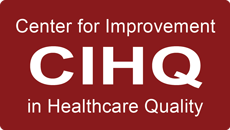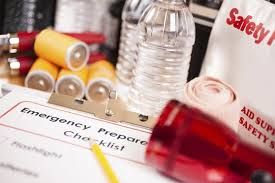Emergency Preparedness: Is your Facility Ready in case of Disaster?
Emergency Preparedness: Is your Facility Ready in case of Disaster?
With hurricane season fast approaching, emergency preparedness for hospitals is critical to ensure continuity of care, protect patients and staff, and safeguard infrastructure during and after a storm.
A comprehensive plan should follow CMS Emergency Preparedness Rule requirements and include the four core elements: Risk Assessment and Planning, Policies and Procedures, Communication Plan, and Training and Testing.
Here’s a structured guide:
1. Risk Assessment and Planning
Conduct an all-hazards risk assessment, focusing on:
- Hurricane storm surge maps, flood zones, and wind exposure
- Vulnerabilities in power supply, HVAC, medical gas systems, and IT systems
- Potential supply chain disruptions
- Surge capacity planning for patient influx
Key Actions:
- Identify essential functions and personnel
- Plan for shelter-in-place vs. evacuation scenarios
- Estimate water, food, fuel, and medical supplies needed for at least 96 hours
- Coordinate with local emergency management (LEMA), FEMA, and CMS
2. Policies and Procedures
Develop and document detailed hurricane-specific protocols:
- Pre-storm actions: Secure windows, test generators, stockpile supplies, discharge non-critical patients
- Staffing: Activate A/B teams (Team A for shelter-in-place, Team B for relief)
- Evacuation: Criteria for vertical/horizontal evacuation and full facility evacuation
- Include transportation contracts, destination hospitals, patient tracking
- Infection Control: Ensure IPC protocols remain operational under limited utilities or compromised infrastructure
3. Communication Plan
Ensure reliable communication with:
- Internal staff (call trees, emergency phones, radios)
- External partners (EMS, public health, vendors, media)
- Patients and families
Required Elements:
- Redundant systems (landlines, satellite phones, internet failover)
- Integration with local/state emergency operations centers (EOCs)
- Procedures for status updates and coordination
4. Training and Testing
- Conduct annual hurricane-specific drills (tabletop and full-scale)
- Train staff on:
- Emergency roles and responsibilities
- Evacuation procedures
- Use of emergency equipment (generators, radios, etc.)
- Incorporate after-action reviews (AARs) from past hurricanes to improve the plan
Additional Considerations
Facilities and Infrastructure
- Backup power systems: Test generators under full load
- Flood barriers/sandbags
- Rooftop equipment secured and water-proofed
- Fuel delivery contracts in place
Patient Care
- Emergency medical records access (offline/backup)
- Plan for vulnerable populations (dialysis, ventilators, behavioral health)
- Maintain pharmacy and oxygen supply
- Food & Water supply for substantial time off grid/supply
Regulatory Compliance
- Meet CMS Conditions of Participation (CoPs)
- Align with Accrediting Body EM standards such as CIHQ and TJC
- Documentation for FEMA reimbursement (costs, actions taken, damages)
Tools and Resources
- HHS ASPR TRACIE Hurricane Playbook
- FEMA Continuity Guidance Circular
- CDC Shelter-in-Place Checklist for Healthcare
- American Hospital Association (AHA) Disaster Readiness Guide






